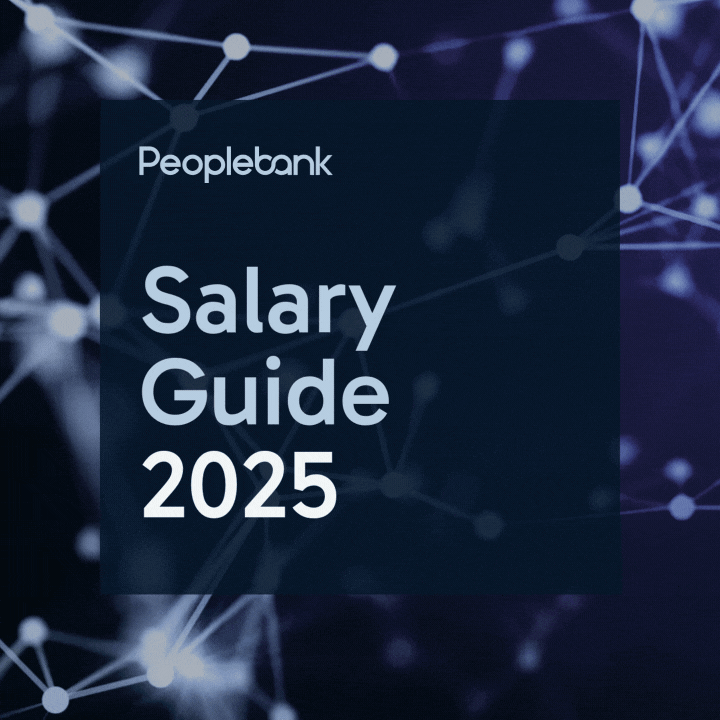Don't Bite Off More Than You Can Chew When You're Building an App!
Lots of creative entrepreneurs have entered the mobile app market. Inspired by the success of Instagram, Twitter or even Flappy Bird, app creators often have lofty expectations for their products. When you think about the eventual trajectory of your app, you might be tempted to build something that can handle an enormous amount of traffic and users immediately. However, you would be sadly mistaken.
Apps that boast millions of concurrent users are backed by massive funding and a tremendous amount of resources. If you're a startup, you probably don't have an unlimited amount of money to invest in servers or bandwidth. If you worry too much about making your app scalable on Day 1, you will miss the window in which your app might have become profitable. Even worse, you could run out of funding.
If you have a good app idea, it's perfectly OK to start small. You should have a vision for your app, but you need to have the patience to slowly achieve that vision over time. Let's take a look at how you can avoid the instant riches trap and build an app that is capable of becoming the next big thing.
1. Think about what you need to do now.
When you first launch your app, you won't have too many users. You can use this period to test the market and see how people are reacting to the first build of your app. If there are some things that people instantly like or dislike, you can use their feedback to inform future versions of your app. Once you've got the basic mechanics working perfectly, you can think about scalability.
As an app developer, it is easy to cling to your vision even when market evidence suggests that you should be doing something differently. What is the point of spending precious time and money to create an app that looks exactly like you wanted it to if no one uses it?
2. Don't scrap your build at the first sign of bottlenecks.
If you've reached a point where the number of users has begun to affect the performance of your app, make sure you explore every other option before you start rebuilding the code. Tools like Blitz and New Relic are great for exploring how your app fares under heavy loads.
Once you identify the bottlenecks, revisit the code modularly and try to improve areas that have been causing problems. You should only rebuild your entire application if there is no other option available.
3. Handle rebuilds carefully.
Once you've determined that you need to rebuild the code entirely, you need to create a plan and distribute your resources intelligently. If you leave your users hanging too long without an improved version of the app, you might lose your audience. By this point, your app is already doing fairly well, so you will have money to spare. If the situation demands it, increase your workforce to meet your launch schedule.
Amazon, Facebook and even Google are examples of web applications that didn't start off with the load-bearing capabilities that they have today. Over their lifetime, they have made incremental improvements while making sure that they don't disrupt their existing services entirely.
When you're speaking to investors about your app idea, don't talk about how your app will be able to handle millions of users at once. Investors in the tech world have seen many apps fail because the developers tried to do too much too early. When you're pitching to them, talk briefly about your growth plans, but focus on the immediate features that you will be launching the app with. Manage your expectations and you will have a greater chance of creating the next Instagram.





















